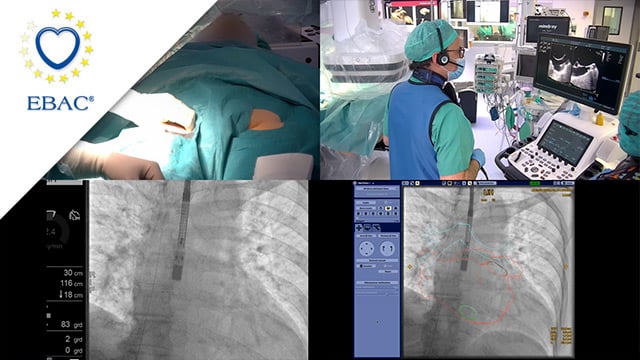103 results
Mastering simple and complex LAA closure: a step-by-step case-based approach
16 Nov 2025 – From PCR London Valves 2025
This case-based session offers a comprehensive approach to mastering left atrial appendage (LAA) closure, emphasizing the critical role of imaging from pre-procedural planning through execution. It covers patient selection, procedural strategies from experienced operators, device selection tailored to anatomy, and nuanced decision-making during challenging device releases...
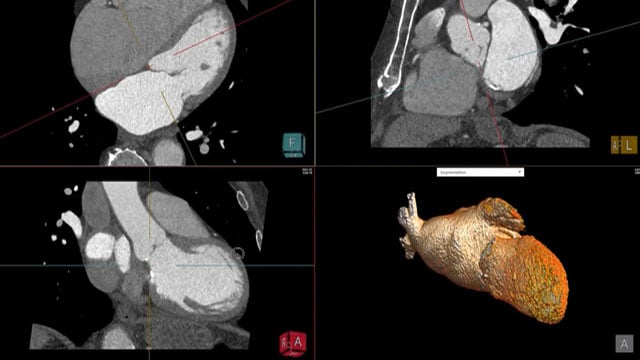
Featured research - Left atrial appendage occlusion and paravalvular leak closure
16 Nov 2025 – From PCR London Valves 2025
This featured research session delves into innovative transcatheter interventions including left atrial appendage occlusion and paravalvular leak closure. It covers clinical and hemodynamic outcomes of atrial shunting in heart failure, endothelialisation issues post-paravalvular leak closure, and long-term patient follow-up. Advanced guidance modalities and simulation technologies for...
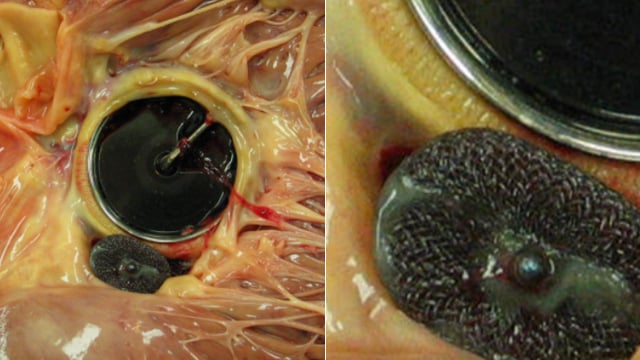
Open design, confident delivery - How a novel LAA closure device provides predictable outcomes in complex anatomical settings
16 Nov 2025 – From PCR London Valves 2025
This session highlights a novel left atrial appendage (LAA) closure device featuring an open-cage design that delivers predictable clinical and procedural outcomes. It discusses the device's advantages in managing complex anatomical variations and presents implantation techniques across diverse anatomies to improve safety and efficacy.
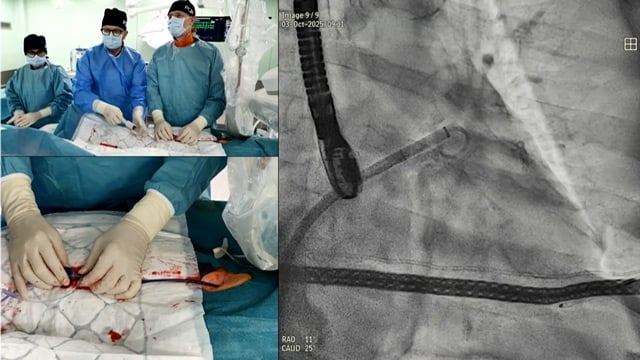
Ten trials from AHA 2025
12 Nov 2025
Alessandro Sticchi provides us with a curated overview of the late-breaking trials he found most relevant for interventional cardiologists from AHA 2025.

Author
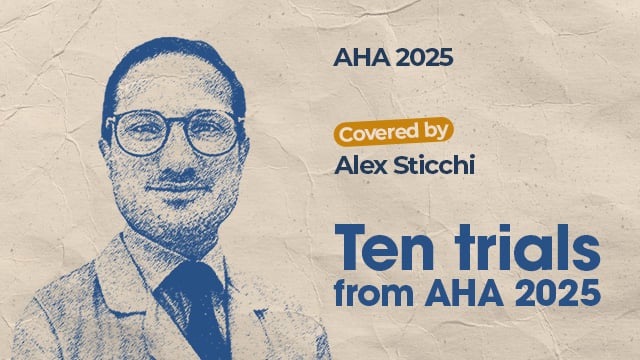
Left atrial appendage occlusion
02 Oct 2025
This PCR Textbook chapter reviews the underlying concepts involving atrial fibrillation, outlines anticoagulation strategies for thromboembolism prevention, and describes the current state and future directions of left atrial appendage occlusion.
Authors :
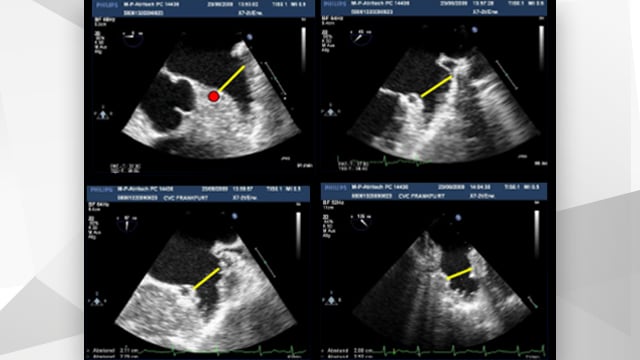
The expanding practice of LAAC today in case examples
01 Oct 2025
Watch this replay with M. Joner, M. Lange and B. Schmidt to understand current indications for left atrial appendage occlusion in clinical practice and so much more!
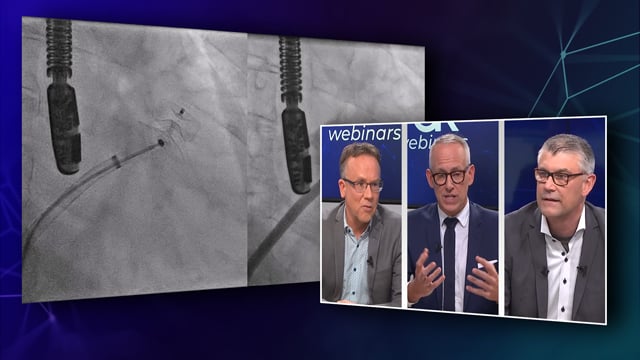
Seal the deal: echocardioraphy-guided LAA closure for stroke defense
12 Sep 2025 – From PCR Rio Valves 2025
This session focuses on echocardiography-guided left atrial appendage (LAA) closure as a critical strategy for stroke prevention. Attendees will explore optimal cardiac imaging techniques tailored to evolving clinical needs and seasonal considerations. The session also includes comprehensive instruction on post-procedural echocardiographic assessment and post-processing workflows in...
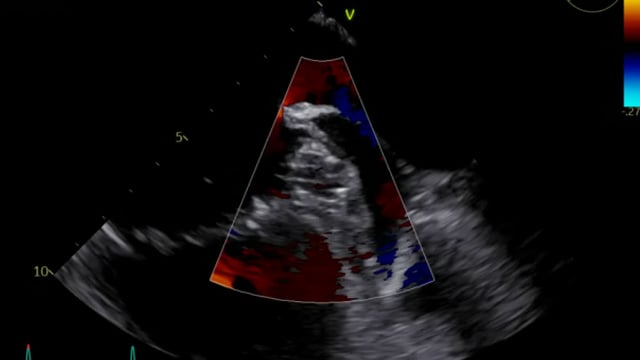
Structural heart: demanding anatomies, difficult situations and unusual strategies
12 Sep 2025 – From PCR Rio Valves 2025
Navigate complex structural heart interventions through this session focusing on challenging anatomies and innovative procedural strategies. Topics include orthotopic tricuspid valve replacement amidst anatomical and physiological complexities, percutaneous closure of Valsalva sinus fistula, extreme TAVI approaches for pure aortic regurgitation, management of mitral paravalvular leaks with...
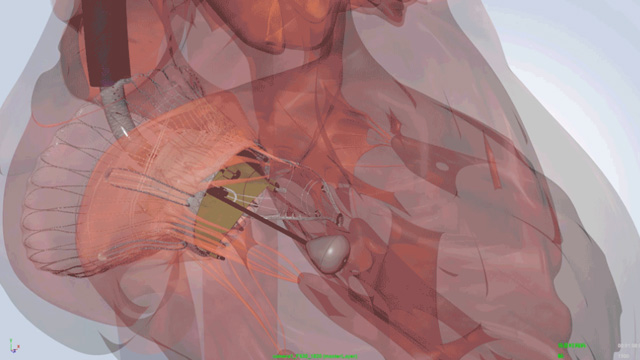
Redefining and optimising LAA closure - LIVE Case
11 Sep 2025 – From PCR Rio Valves 2025
Supported by an unrestricted educational grant from Boston Scientific
A 78-year-old woman with atrial fibrillation and obesity (BMI 34.3), normal left ventricular function, CHADS-VASCs 5 and HAS-BLED 4, presented with severe gastrointestinal bleeding.
She underwent implantation of a Watchman FLX™ pro under local anesthesia via two right femoral...
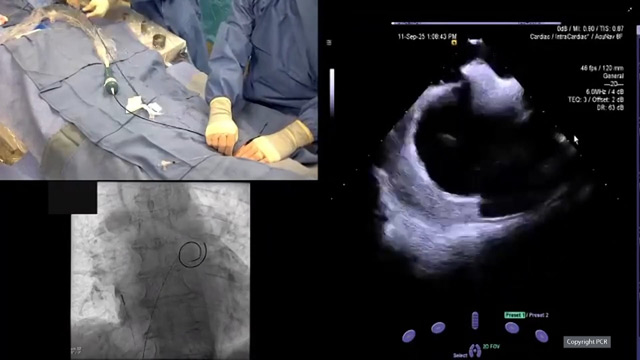
Sealing the risk: a case of left atrial appendage closure
15 Sep 2025
A 76-year-old woman with permanent atrial fibrillation, a history of breast cancer, and a recent diagnosis of an intestinal stromal tumour presents with a high thromboembolic and bleeding risk, making long-term anticoagulation unsafe. Cardiac CT reveals a challenging left atrial appendage anatomy. How would you treat this...

Author

Author

Author

Author

Author
